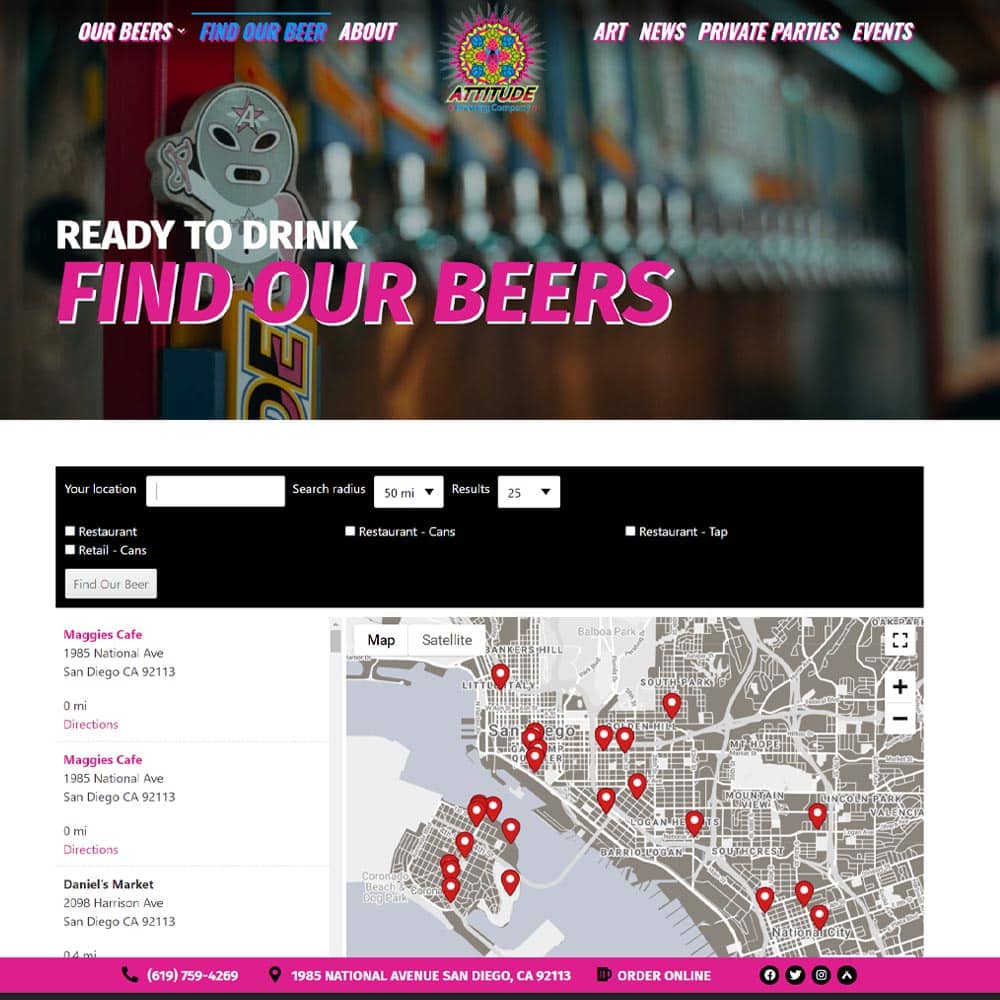
For a small business that is trying to create an online presence for itself there are numerous benefits that can be leveraged from taking a single page website design approach for their site, and we will briefly explore a few of these below.
Content is King
Now more than ever with Google’s Panda 4.0 algorithm update the emphasis is being placed on the QUALITY of content and not QUANTITY of content. If you’re a small business that has a couple of core functionalities you shouldn’t stretch your content out by creating extra pages with limited information on each of them, as the lack of content on each page can be very off-putting to web visitors. Instead of creating a ton of pages with thin content a small business should take a look at clean single page design that can present the core services and products of your business to the online consumer in a very clean and effective manner.
Quick Site Digestion
With the rise of mobile, and the evolvement of the human mentality in general, web users more than ever want to find what they’re looking for and they want to find it now. With a single web page design you give everyone that visits your site all the information they need in a single page without forcing them to jump around and navigate from page to page, and potentially missing what they’re looking for. This leads to a better user experience as they can quickly view the site and it increases the opportunity that that web visitor will positively interact with a business – and in the world of websites and business – user interaction is critical to long term success.
Increased Conversions
The purpose of a website is to inherently brand your business online and to drive the generation of new leads. The definition of leads will vary from business to business, but they can include things like calls tracked through a call tracking number, form fills, coupon prints, map views, etc. Depending on the business, a different emphasis will be placed on each type of lead, but one unquestionable fact is that when a user comes across a site that has quality content, is easy to digest, and is visually stimulating that they are much more likely to engage with the business. Through the use of a Google Analytics tag a business can easily track the increased conversions that they are generating through this style of site design.
A single page design is not an end all be all solution for every small businesses, but this style is readily growing from just being a trend to being lumped into a more selective group of being a viable website design best practice.
 Lynn Hughes is the Product Manager at PowerSites®, an all inclusive website-hosting, creation, and marketing solution that helps local businesses establish their brand, drive leads, and track success. PowerSites® is a leading resource in print, online and mobile for hyperlocal advertising, and brand management with our Business Directory Listings.
Lynn Hughes is the Product Manager at PowerSites®, an all inclusive website-hosting, creation, and marketing solution that helps local businesses establish their brand, drive leads, and track success. PowerSites® is a leading resource in print, online and mobile for hyperlocal advertising, and brand management with our Business Directory Listings.







